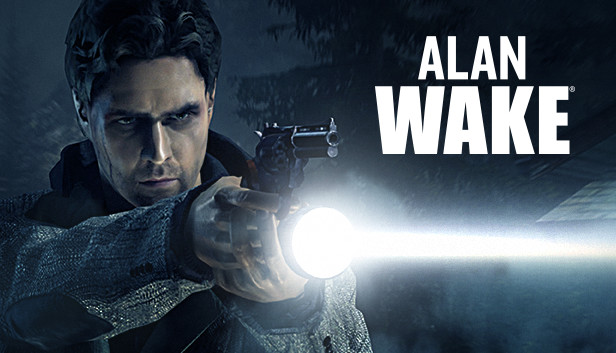In Cyberpunk and Alan Wake it seems like the definition is more loose and it's whether rays are traced recursively or not, so it's closer to Ray Tracing and Recursive Ray Tracing, but I digress.
Yeah Nvidia marketing has muddied the waters on an already confusing topic.
“Alan Wake 2’s fully ray-traced, path-traced visuals take the game’s ray-traced lighting, reflections and shadows to the next level, unifying them in a single solution that produces incredible results.”
“Fully ray-traced” makes sense in terms of having a unified lighting pipeline that calculates direct and indirect light, shadow and reflections. This is in contrast to earlier games where shadows, reflections, GI and AO were tacked on as separate effects over base rasterized direct illumination.
However, they’re tossing path-tracing around to also mean a unified lighting pipeline without making a clear distinction between path-tracing and full raytracing.
As far as I can tell path tracing in this context just means “reverse, recursive multi-bounce raytracing with light importance sampling”.

